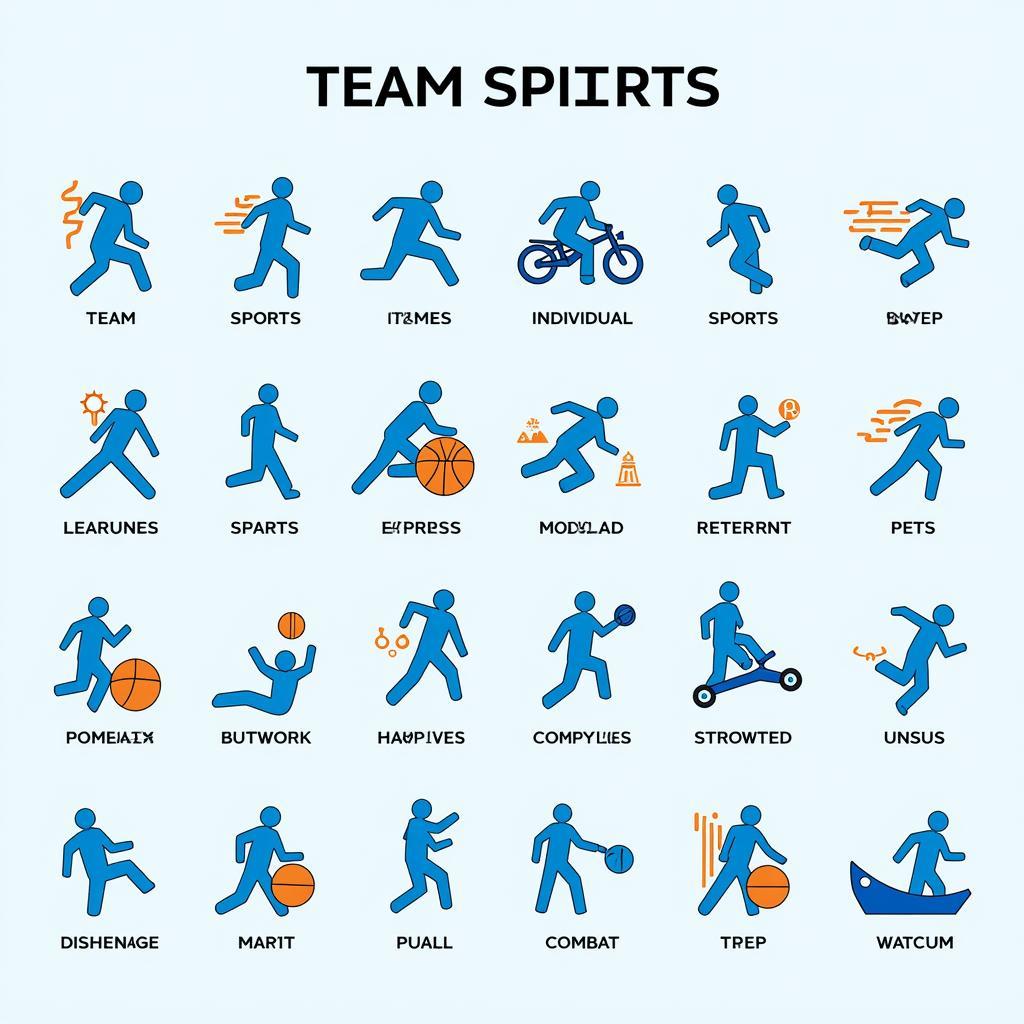Dana 30 vs Dana 35: Which Axle is Right for You?
Choosing between a Dana 30 and a Dana 35 axle can be a crucial decision for any off-road enthusiast or Jeep owner. Both are common axles found in Jeeps and other 4×4 vehicles, but they have key differences that impact their strength, durability, and overall performance. Understanding these differences will help you make the right choice for your specific needs and driving style.
Understanding the Dana 30 Axle
The Dana 30 is a high-pinion front axle known for its relatively lightweight design and decent strength. It’s a popular choice for lighter vehicles and those focused on improved ground clearance due to its high pinion design. This axle is often found in the front of Jeeps like the Wrangler YJ, TJ, and JK, as well as the Cherokee XJ. While it’s a reliable option for many, its limitations become apparent when subjected to larger tires and more extreme off-roading conditions.
The Dana 30 is generally considered adequate for daily driving and light to moderate off-roading. However, upgrading to larger tires, especially 35 inches or above, can put significant stress on the axle shafts and other components.
Exploring the Dana 35 Axle
The Dana 35, on the other hand, is a low-pinion rear axle typically found in the rear of Jeeps like the Wrangler YJ, TJ, and XJ Cherokee. While it’s a common OEM axle, it’s often considered the weaker of the two, particularly when subjected to heavy loads or aggressive off-roading. The Dana 35 is known for its c-clip design, which can lead to axle shaft failure and potential damage in demanding situations.
While the Dana 35 is sufficient for stock applications and light off-roading, its limitations become apparent when upgrading to larger tires or tackling more challenging terrains.
Dana 30 vs Dana 35: A Head-to-Head Comparison
So, which axle reigns supreme? The answer depends entirely on your individual needs and off-road aspirations. The following table highlights the key differences:
| Feature | Dana 30 | Dana 35 |
|---|---|---|
| Location | Typically Front | Typically Rear |
| Pinion Design | High Pinion | Low Pinion |
| Strength | Stronger than Dana 35 | Weaker than Dana 30 |
| Common Issues | Weak axle shafts with larger tires | C-clip axle shaft failure |
| Ideal for | Daily driving, light off-roading | Stock applications, light trails |
Which Axle is Right for You?
If you’re primarily focused on daily driving with occasional light off-roading and plan to stick with stock or slightly larger tires, the Dana 30 and 35 may suffice. However, if you’re planning on serious off-roading with larger tires and lockers, upgrading to stronger axles like a Dana 44 or Ford 8.8 is highly recommended for both front and rear.
Conclusion
Choosing between a Dana 30 and a Dana 35 depends on your individual needs and driving style. While both axles have their place, understanding their strengths and weaknesses is crucial for making an informed decision. For more demanding off-roading, upgrading to a stronger axle is a worthwhile investment to ensure reliability and performance.
FAQ
- What is the main difference between a Dana 30 and a Dana 35? The Dana 30 is typically a high-pinion front axle, while the Dana 35 is typically a low-pinion rear axle.
- Which axle is stronger? The Dana 30 is generally considered stronger than the Dana 35.
- What are the common issues with a Dana 35? C-clip axle shaft failure is a common concern.
- Can I upgrade my Dana 35? Yes, stronger axle options like the Dana 44 are available.
- What size tires can I run with a Dana 35? While it can handle slightly larger tires, exceeding 33 inches is generally not recommended without upgrades.
- What is a high pinion axle? The pinion gear is higher in relation to the axle centerline, offering better ground clearance.
- What is a low pinion axle? The pinion gear is lower in relation to the axle centerline.
When you need assistance, please contact Phone Number: 0989060241, Email: [email protected] Or visit us at: Tở 2, ấp 5, An Khương, Hớn Quản, Bình Phước, Việt Nam. We have a 24/7 customer service team.

